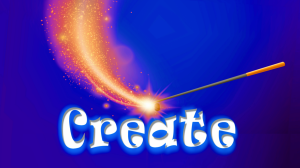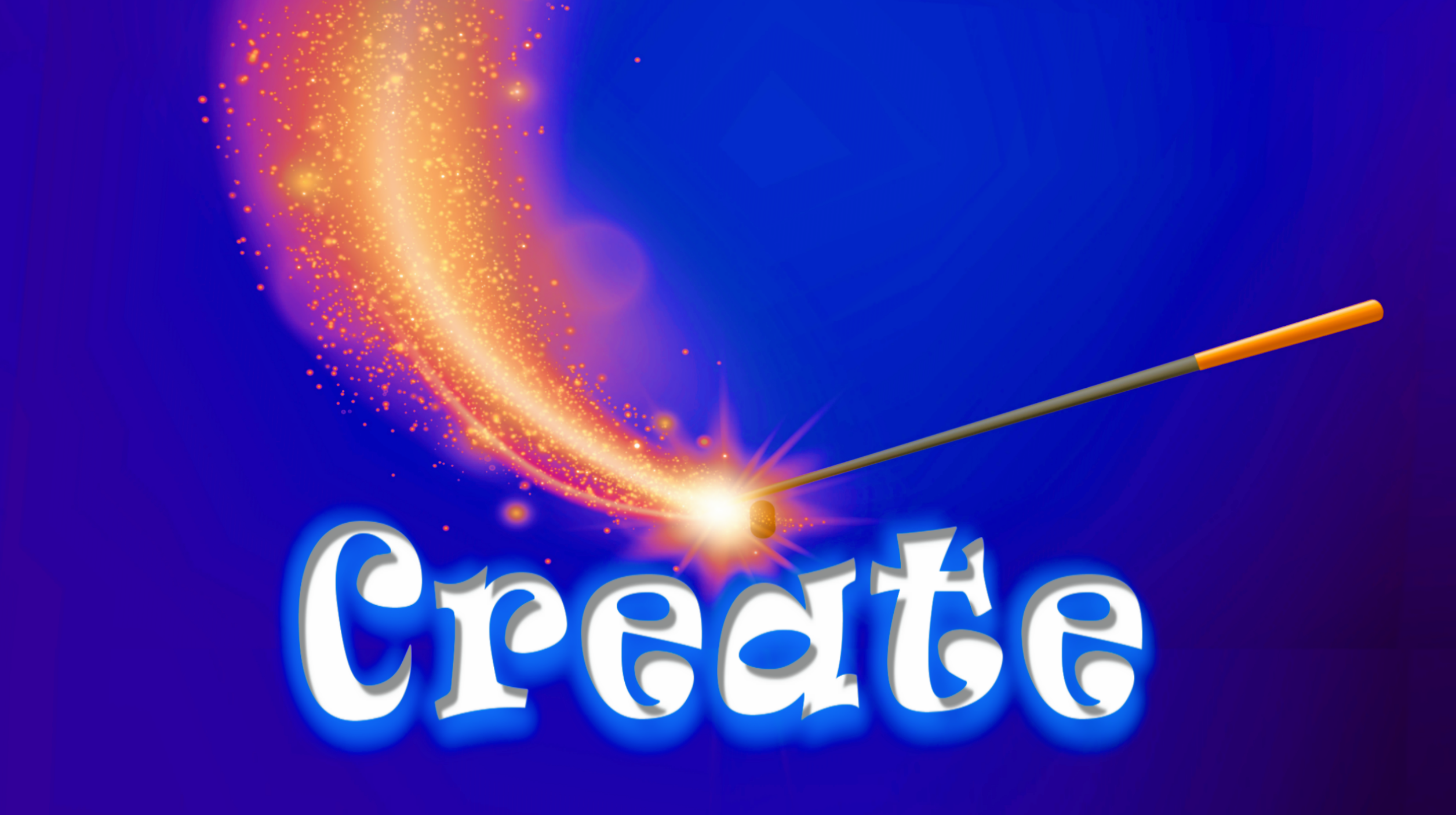-

August 8, 2022

Words that Create Real Change
In this week’s Systems Change Newsletter…
• Invitations & Announcements
• Catalytic Thinking Exercise: Words that Create Real Change
• Resources to Further Your Practice
• Story of the Week: Catalytic Thinking in ACTION
Invitations & Announcements:
Hildy is in the process of writing the book on Catalytic Thinking. So first off, that's exciting!
Within the next few months, she will be asking for folks to help peer review drafts of that manuscript. That will mean reading and providing feedback (e.g. this part needs more clarity, this section needs to be moved, this part just doesn’t make sense, etc.) If you would like to be part of the team that is making sure this book is the best it can be, let us know!
Catalytic Thinking Exercise:
Words that Create Real Change
The following is an excerpt from Hildy’s current draft the book on Catalytic Thinking.
Catalytic Thinking leads us to choose language that is more powerful than the words we are accustomed to. And nowhere is there a need for more powerful language than the many words we have for reacting to the world around us. Here are just some of those words:
- Problem-solving (reacting to the problem)
- Prevention (reacting so that it won’t be a problem in the future)
- Ending the problem (again, reacting so it’s not a problem anymore)
- Proactive (getting around the problem, so we don’t have to deal with it)
- Root causes (reacting by finding the cause of the problem, hoping to prevent it in the future)
- Being responsive (reacting to whatever is being presented)
- Improving (reacting by doing better)
We have been conditioned to see these reactive words as strategic and powerful. Unfortunately, each of these phrases actually leads us to react to what’s wrong rather than create what is possible.
And while reacting to harmful situations is one of many necessary steps in creating the humane, healthy, equitable world we want - fighting poverty or climate change or addiction - the problem arises when we aim at such interventions as the goal itself. We are aiming at means as if they are ends.
If you have been frustrated by incremental, slow change, this is why. Reactivity leads us to focus our energy on what we do NOT want, rather than creating what we DO want. And that keeps us from our potential for creating what is possible.
Reactivity keeps us aiming at means as if they were ends.
What can you do to break out of that trap? A first step is to simply use more powerful language to redefine your work as a changemaker.
Try this
Start by looking at your website. Or your grant applications, fundraising letters, social enterprise pitch deck – the places where you tell the story of your work (or if you are a funder, the places where you are asking folks to tell their story).
How much of the language in those documents is about battling what you DON’T want?
Words like fight, struggle, improve, ending, solving, challenge – look for those words that are about winning the battle against your issue. And for each of those words, consider words that might tell the story of what you DO want.
If your work is seeking to reduce or end homelessness (reactive), perhaps it is really about creating a community where everyone has their basic needs met (creative).
If your work is seeking to reduce or eliminate domestic violence (reactive), perhaps it is really about creating a community where everyone is free to live in safety, respect, and love (creative).
We are often encouraged to think of these images as a “vision” at the beginning of a planning session. Sadly, we then immediately jump back into reactive mode, asking, “What will we do in the next 2 years?” And that vision – the real reason you are doing your work – vanishes until the next planning session.
Instead, see what changes when that vision is your true goal – the end result that your strategies all aim toward. (See our last eJournal for how to use cause-and-effect to create what is possible).
And especially, see how your feelings about that work changes when you are reaching toward what you are creating, rather than reacting to what is wrong.
In the end, improving on a bad situation, while a necessary step, cannot on its own create the humane, equitable, healthy world we all want. That world is our potential. And a big first step in creating that world is to change our language – the questions our work is answering.
That is why this powerful language is at the heart of the Catalytic Thinking framework.
Resources to Further Your Practice:
- WATCH: This short video explains why we will never win the war on drugs, poverty, terror – and what we CAN do instead. Watch it here…
- READ and WATCH: This page is filled with all kinds of resources on Catalytic Thinking. Find great stuff here…
- LEARN: What does it take to turn your powerful, positive goals into action? This click-and-play class explains it all! Take the class here…
- READ: One of our favorite quotes about creating vs. reacting comes from the former US ambassador to the United Nations. Read it here…
Story of the Week: Catalytic Thinking in Practice!
This week’s story comes from Tom Dawkins, cofounder and CEO of StartSomeGood.com - a crowdfunding platform for social good. During its early years, Tom and his cofounder, Alex Budak, changed the language on their application, and from that simple step, everything changed. Here is what Tom told us:
"Our initial application at StartSomeGood looked like most of the applications that changemakers fill out. We asked folks to tell us, "What is the problem you are trying to solve, and what will you do to solve it?" From there, they would create a video, talking about that problem and their proposed solution, hoping to get donors to support their work.
After learning Catalytic Thinking, we changed those questions to "What is the future you are trying to create, and what will you be doing to contribute to that future?"
The response was immediate. Both the videos and the accompanying text had much more energy than before. And bottom line, people raised more money.
We have become big believers that changing the questions we ask can change everything."
Got a Catalytic Thinking story to share with our readers? Let us know here!
Help Keep Our Programs Freely Available
Creating the Future’s eJournal is free. And there are no financial barriers to our classes – tuition is whatever folks can afford. Because we never want money to stand in the way of people learning.
If you value our content and our approach, please donate here – and please consider becoming a monthly supporter of our work.
eJournal Archives:
If you’re new to our eJournal, or just want to remind yourself of past practice exercises we’ve shared, check out our eJournal archives here.
SUBSCRIBE
to get this e-Journal
Creating the Future is a 501(c)(3) tax exempt organization in the U.S.A


